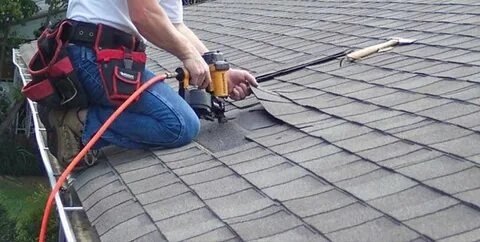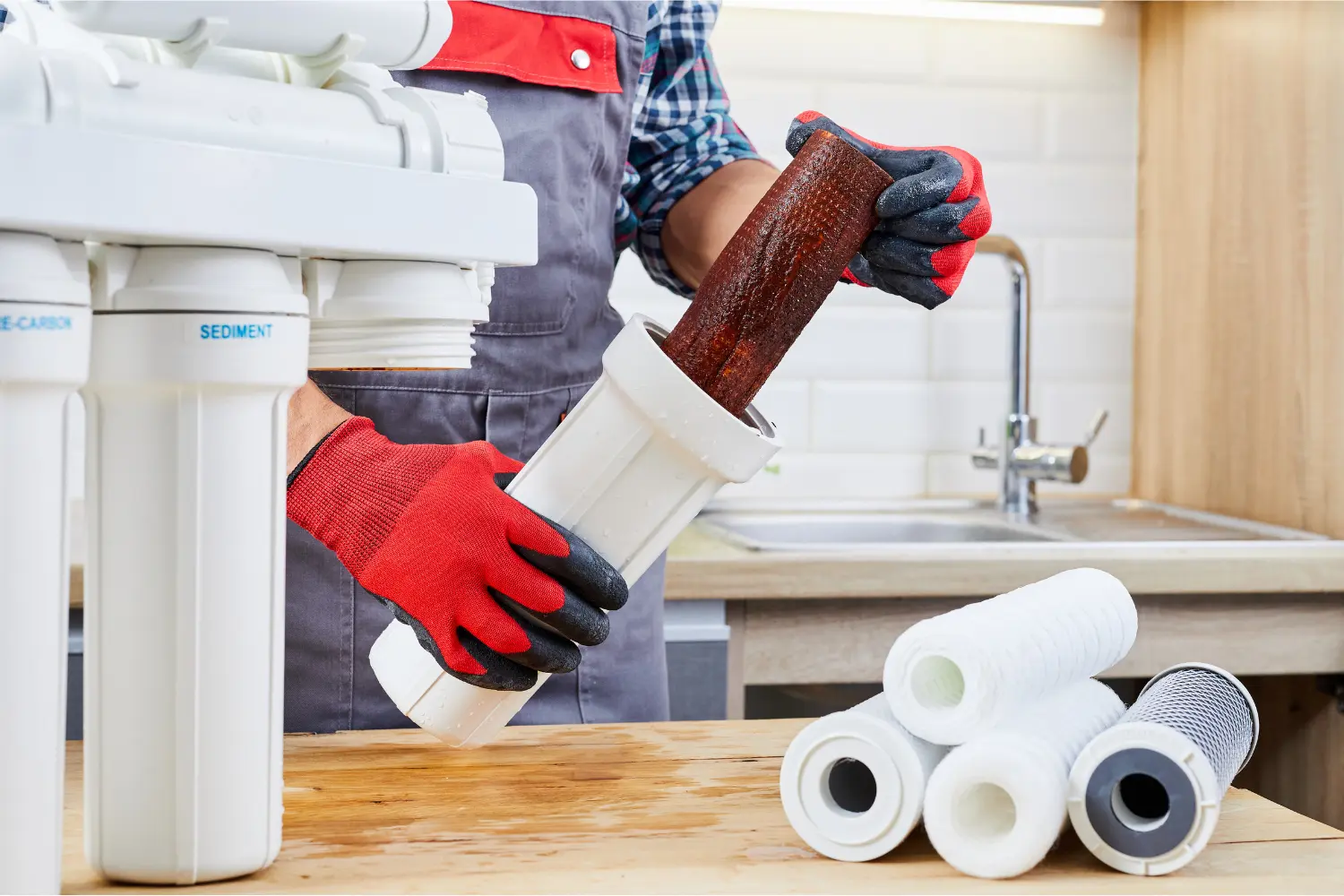Insulation is one of the most underrated components of a comfortable, energy-efficient home. It works quietly in the background, keeping your living spaces warm in the winter, cool in the summer, and your energy bills manageable. But like any other part of your home, insulation doesn’t last forever. Over time, it can wear out, become damaged, or simply stop working as effectively as it should. That’s why knowing when to replace your insulation is crucial for maintaining a healthy and efficient home.
In this blog post, we’ll explore the signs that your insulation may be past its prime, what causes insulation to deteriorate, how to inspect it, and why replacing it could be one of the smartest upgrades you make. Whether you’re dealing with fluctuating temperatures or skyrocketing energy bills, this guide from Miss Her Insulation will help you determine when it’s time for a fresh start.
Why Insulation Matters More Than You Think
Before we dive into the warning signs, let’s quickly cover why insulation is such a big deal:
- Energy Efficiency: Proper insulation reduces the amount of heating and cooling needed, lowering your monthly utility bills.
- Comfort: It helps regulate indoor temperature and reduces drafts, making your home feel more consistent and cozy.
- Health: Good insulation can reduce the risk of mold, mildew, and allergens caused by moisture issues.
- Soundproofing: It can minimize outside noise, creating a quieter indoor environment.
Unfortunately, when insulation starts to degrade, all these benefits begin to disappear.
Common Signs Your Insulation Needs to Be Replaced
Here’s how to know when your insulation may be due for an upgrade:
1. Your Energy Bills Are Climbing
One of the most common signs that your insulation isn’t doing its job is a noticeable increase in heating or cooling costs. If your utility bills are higher than normal and your HVAC system seems to be working overtime, poor insulation might be to blame.
Old or compressed insulation loses its effectiveness, allowing conditioned air to escape and outdoor temperatures to seep in. If your energy usage hasn’t changed but your costs have, it might be time to call in an expert like Miss Her Insulation for an inspection.
2. Rooms Feel Drafty or Inconsistent
Do some rooms in your home feel warmer or cooler than others? Inconsistent indoor temperatures are a telltale sign that insulation is missing or failing in certain areas. Drafts near windows, floors, or ceilings are a red flag—especially in older homes where insulation might have settled or shifted over time.
3. You See Pest Infestations
Rodents and insects love to nest in old insulation. If you’re seeing signs of pests—like droppings, chewed materials, or strange noises in the walls—it’s possible they’ve made your insulation their home. In this case, the insulation likely needs to be removed and replaced, along with pest-proofing steps to prevent a return.
4. Moisture or Mold Problems
Insulation is not just about temperature control—it also helps protect against moisture buildup. If you notice water stains, musty odors, or mold growth, your insulation may be absorbing moisture instead of repelling it.
Wet insulation not only loses its effectiveness but can also pose health risks. Replacing it promptly is essential to protect your home and your family.
5. Your Home Is Older
If your home was built more than 20 years ago and the insulation has never been replaced, there’s a good chance it’s no longer working as efficiently as it should. Insulation materials and building codes have come a long way, and modern options offer much better performance.
A professional assessment by Miss Her Insulation can help determine whether your current insulation meets today’s energy standards.
6. You Hear Too Much Noise
Is your home noisier than it used to be? Quality insulation not only controls temperature but also absorbs sound. If outside noise is becoming a nuisance, it might mean your insulation has deteriorated or was never sufficient to begin with.
7. You’ve Had Recent Water Damage or a Roof Leak
Water and insulation are a bad mix. If your home has experienced a roof leak, burst pipe, or flooding, chances are your insulation has taken a hit. Once insulation gets wet, it can compress and harbor mold, making it ineffective and potentially hazardous.
Types of Insulation That May Need Replacement
Here’s a quick breakdown of how long different insulation types generally last:
- Fiberglass Batts: 15–20 years (longer if undisturbed and dry)
- Blown-In Cellulose: 20–30 years, but can settle and lose efficiency
- Spray Foam: 30–80 years, though cracks or UV exposure can cause deterioration
- Mineral Wool: 30–100 years, though performance depends on conditions
No matter the material, environmental factors like moisture, pests, or improper installation can shorten the lifespan.
How to Inspect Your Insulation
If you suspect insulation issues, here’s how to check:
- Attic: Look for compressed, damp, or discolored insulation. Gaps or uneven layers are also a concern.
- Walls: Unless you have open access (like during a remodel), use an infrared camera or hire a professional to check wall insulation.
- Basement or Crawl Space: Inspect for sagging batts, wet areas, and signs of rodents or mold.
For a complete and safe evaluation, it’s best to bring in professionals like the team at Miss Her Insulation, who know what to look for and how to fix it.
The Benefits of Replacing Old Insulation
Replacing outdated insulation isn’t just about fixing a problem—it’s about upgrading your home:
- Lower Utility Bills: A better-insulated home can save 15% or more on heating and cooling.
- Improved Comfort: Say goodbye to hot upstairs rooms and chilly corners.
- Better Indoor Air Quality: New insulation helps prevent allergens, pollutants, and moisture.
- Increased Home Value: Energy efficiency is a major selling point for homebuyers.
- Environmental Impact: You’ll reduce your energy usage and carbon footprint.
Whether you want to create a more energy-efficient home or plan to sell in the future, new insulation can be a major value-add.
Why Choose Miss Her Insulation?
When it comes to something as essential as your home’s insulation, you need experts you can trust. Miss Her Insulation specializes in identifying insulation issues, removing damaged materials, and installing high-performance insulation that fits your unique home layout and needs.
Our team brings years of experience, eco-friendly solutions, and a commitment to quality workmanship that homeowners can count on. From attics to crawl spaces, we handle it all—so you can enjoy a cozier, quieter, and more energy-efficient home.
FAQs About Replacing Insulation
1. How often should I replace my insulation?
It depends on the type and condition of your insulation. On average, you should consider an inspection every 15–20 years, or sooner if you notice any issues like rising energy bills or drafty rooms.
2. Can I replace insulation myself, or should I hire a pro?
While some DIYers may feel comfortable handling batt insulation, it’s best to hire a professional—especially when dealing with old, wet, or pest-infested materials. A licensed contractor like Miss Her Insulation ensures safe removal and proper installation.
3. Is replacing insulation expensive?
Costs vary based on the size of your home and the type of insulation, but many homeowners find that the savings on energy bills make it well worth the investment. Plus, there are often rebates and tax incentives available for energy-efficient upgrades.
Final Thoughts: Don’t Ignore the Signs
Your home’s insulation is a silent hero, working hard behind the walls and under the floors. But when it starts to fail, the effects are anything but silent—higher bills, uncomfortable rooms, and poor air quality are just the beginning.
If you’re noticing any of the signs listed above, don’t wait. Contact Miss Her Insulation for a thorough assessment and professional advice on how to move forward. With the right insulation, your home can be more comfortable, efficient, and protected—year-round.





Leave a Reply